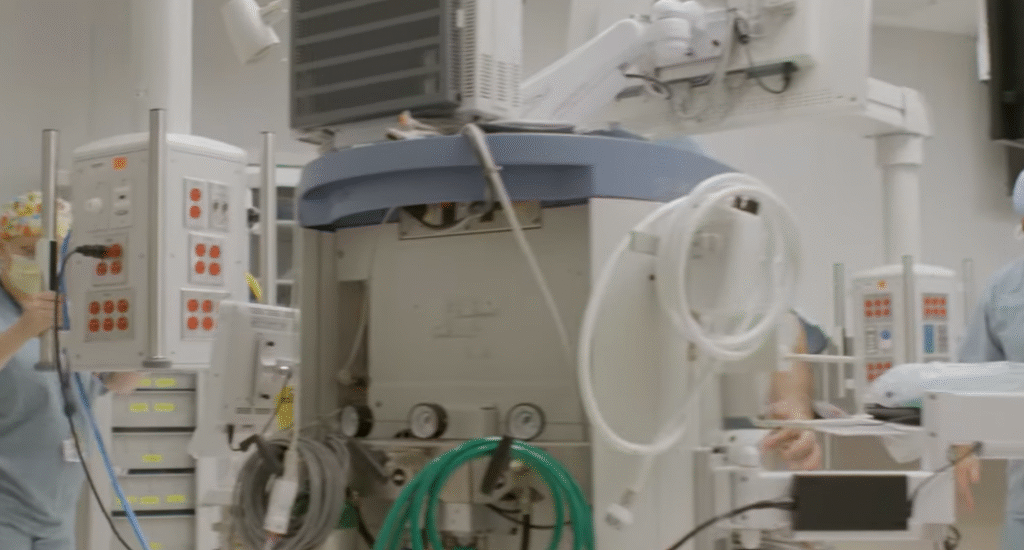How a dialysis graft causes aneurysm is a medical issue that has drawn increasing attention in recent years. Some patients are experiencing unexpected and extremely serious complications from dialysis, even though the majority of patients expect it to provide life-sustaining relief. Once believed to be uncommon, aneurysms are now occurring much more frequently in patients receiving long-term vascular grafts.
The formation starts out quietly. Tiny tears and microtraumas begin to build up as the same graft site is repeatedly accessed. The constant strain of high blood volume eventually causes the vessel wall to thin. A true aneurysm, which involves the entire wall structure, or a pseudoaneurysm, in which the blood leaks through weak tissue but is momentarily contained beneath the skin, are the results of this silent breakdown.
The first symptom for many patients, particularly those who are managing several medical conditions, is a slight bulge or an odd tightness under the skin. At first, it might be painless and appear harmless. However, it becomes more urgent to take action when the bulge grows quickly, changes color, or becomes tender. Today, doctors view any unexpected lump in a graft as potentially dangerous, especially in high-volume centers.
Dialysis Graft Aneurysm Overview
| Category | Detail |
|---|---|
| Medical Condition | Aneurysm due to Dialysis Graft |
| Affected Organ | Arteriovenous (AV) Fistula or Graft |
| Common Trigger | Repeated needle puncture and high blood flow |
| Complication Type | True Aneurysm or Pseudoaneurysm |
| Symptoms | Bulging skin, pain, skin thinning, visible enlargement |
| Treatment Options | Surgical repair, thrombin injection, ligation, conservative monitoring |
| Prevention Methods | Rotating puncture sites, buttonhole technique |
| Clinical Prevalence | Estimated between 5% to 60% in patients with dialysis access |
| Reference | Azura Vascular Care |

Clinicians have been able to drastically lower these aneurysm risks by rotating needle entry points, also known as the rope-ladder or buttonhole technique. However, many dialysis facilities still do not consistently follow these safer protocols, even though they are a particularly beneficial practice. Time constraints and staffing shortages usually take precedence over best practices, endangering patients needlessly.
Researchers have discovered a troubling trend over the last ten years: depending on the definition and monitoring system employed, aneurysms are thought to occur in 5% to 60% of long-term patients who receive dialysis grafts. The disparity in diagnosis and treatment standards between clinics and hospitals is exposed by this remarkably large range.
Renal health issues have become less stigmatized thanks to celebrities like Sarah Hyland, who has openly discussed her experiences with dialysis and kidney transplantation. Despite not having a graft aneurysm herself, Hyland’s candor has sparked fresh discussions. Regardless of physical symptoms, a patient’s quality of life can be negatively impacted by the emotional distress caused by visible arm deformities, pain, and rupture anxiety.
Some cutting-edge dialysis facilities have begun to identify vascular changes early by utilizing handheld ultrasound technology. These tools enable real-time graft integrity monitoring and are incredibly successful at detecting abnormalities in blood flow. Access to this technology is still unequal, though. Manual palpation is still the norm in facilities with limited resources, which means that many cases go unnoticed until they need emergency care.
In one particularly sad instance, a dialysis graft ruptured and a patient in her early 40s passed out at home. The graft had appeared “puffy” for days, according to her family. The warning signs were not noticed by any technician. Her situation is unfortunately not unique. Emergency vascular surgery units are under pressure as a result of an increase in graft-related aneurysm-related emergency hospitalizations throughout the United States.
Companies have begun collaborating strategically with vascular centers to develop non-invasive early-warning systems and stronger graft materials. Early trials have already demonstrated the potential of these innovations, such as pressure-sensitive wearables and anti-thrombogenic surfaces. As always, the difficulty is in making sure that these developments are not exclusive to upscale hospitals or boutique clinics.
The need for strong solutions becomes more evident in light of the growing dialysis dependence, particularly among diabetic patients and older populations. Aneurysms are more than just a minor side effect; they cause major expenses, raise risk, and interfere with treatment. The cost of an emergency repair, excluding rehabilitation or access revision surgery, can surpass $50,000 in certain insurance plans.
Education is crucial for patients in the early stages who are just starting dialysis. They can better monitor their access site every day, ask the right questions, and advocate for safer cannulation techniques if they understand how a dialysis graft causes aneurysm. Particularly for elderly patients who might not notice subtle physical changes or understand the urgency of new symptoms, family members and caregivers are also extremely important.
The rise in video consultations and remote monitoring during the pandemic opened up new avenues for telemedicine to help with graft management. Patients who have troubling bulges or discolored skin could post pictures or videos of them. In turn, nurses could suggest prompt follow-up. Remote care proved to be especially creative for identifying early aneurysm signs from a distance, even though it isn’t a perfect replacement.
The fundamental answer is surprisingly straightforward: awareness, even as medical innovation advances. Patients and healthcare professionals can make safer decisions when they both recognize that a dialysis graft carries preventable aneurysm risks. Although they are not high-tech, visual inspections, regular site rotation, and early reporting are very successful.
In the future, the field of nephrology seems to be shifting toward a more proactive approach. Graft durability is now the focus of conferences, and care planning now revolves around access maintenance. Change is accelerating due to ongoing media coverage, including articles involving well-known people and activists.
